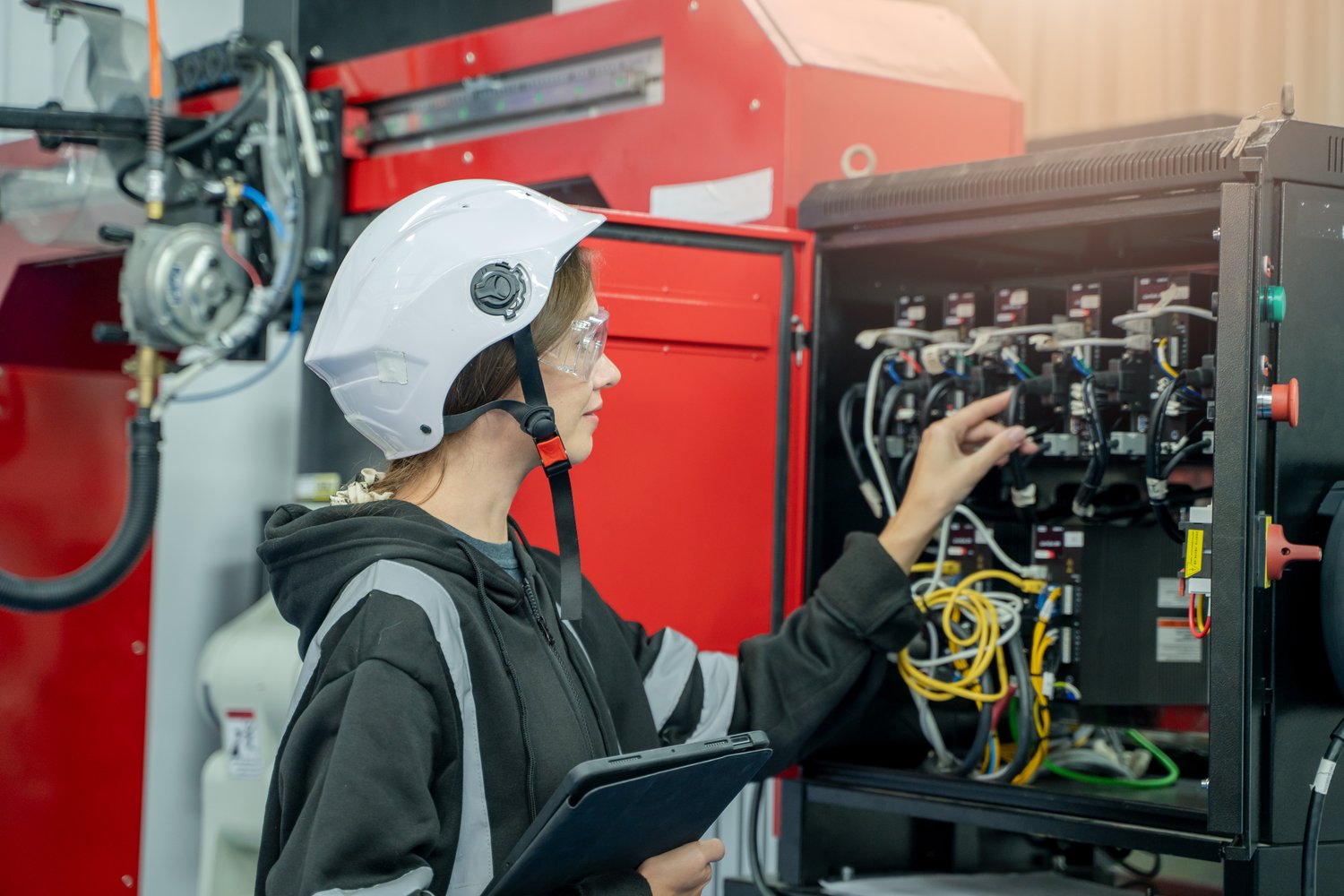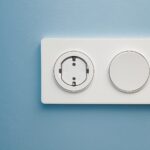Picture this: a sudden power outage during a critical moment, and your reliable whole house generator fails to start. It’s a homeowner’s worst nightmare, sparking panic and discomfort. However, understanding and executing a few emergency troubleshooting steps can swiftly restore your power and peace of mind. In a situation where time is of the essence, this article guides you through essential checkpoints and solutions, ensuring you’re not left in the dark for long.
- Discover common causes such as fuel issues or battery problems that might be preventing your generator from starting.
- Learn how to assess your generator’s fuel system, including checking levels and ensuring proper fuel line integrity.
- Understand the steps to inspect and test faulty electrical connections that could be hindering your generator’s function.
- Familiarize yourself with advanced troubleshooting tips and diagnostic tools to tackle persistent start-up issues.
By gaining insights from this article, you’ll be empowered to handle generator mishaps efficiently, minimizing downtime and frustration. Delve deeper into each section for a comprehensive understanding that could save you from future power interruptions.
Understanding Why Your Whole House Generator Won’t Start
When your whole house generator refuses to start, it’s essential to understand the common causes behind this issue. By identifying these factors, you lay the groundwork for effective troubleshooting. Often, the root problems revolve around basic yet critical elements of the generator’s operation.
Fuel issues are a typical suspect. An empty or stale fuel tank can halt the generator’s function entirely. Fuel quality and delivery systems must work flawlessly to ensure a smooth start.
A dead battery is another frequent culprit, especially if the generator has not been used for an extended period. The battery is vital for starting the generator smoothly, and any weakness here can lead to startup failures.
Electrical connections also play a crucial role. Corroded or loose connections can interrupt the flow of power necessary for the generator to function. Regular inspection of the wiring can prevent this issue from arising.
In addition to these, mechanical failures within the generator’s internal system can hinder startups. Understanding these areas gives you a comprehensive foundation for diagnosing and resolving problems, ensuring your generator is ready when you need it most.
Check the Fuel System
Fuel-related problems often cause generators to fail to start. Proper examination of the generator’s fuel system is crucial in identifying potential issues. The initial step is to check the fuel levels in the tank. Low or empty levels prevent the generator from starting, which might lead to unnecessary stress.
Next, ensure all fuel valves are open and functioning properly. Closed or clogged valves can obstruct fuel flow, leading to startup hesitations. Regularly inspect the valves and ensure they operate smoothly.
Finally, examine the integrity of the fuel lines. Any leaks, cracks, or blockages can compromise the delivery of fuel, resulting in operational failure. Regular maintenance and proactive checking of these components ensure the fuel system remains reliable, helping your whole house generator start without a hitch.
Advanced Troubleshooting for When Your Whole House Generator Won’t Start
Even after performing basic checks, your whole house generator might still refuse to start. In such cases, advanced troubleshooting techniques become necessary. These steps help diagnose stubborn issues that might not be immediately apparent.
Begin by using advanced diagnostic tools. Multimeters and oscilloscopes can unveil issues in your generator’s electrical system. These tools help measure voltage and current levels, ensuring they align with manufacturer specifications. Regularly testing the electrical components can reveal hidden faults that might prevent your generator from starting.
Assessing the mechanical components of your generator is another critical step. Pay attention to the engine’s operational condition. Check for signs of wear or damage in essential parts like the spark plug, air filters, and the ignition system. Cleaning and replacing these elements can often resolve issues related to engine malfunctions.
It’s wise to refer to the generator’s service manual. This document offers insights into the specific troubleshooting procedures recommended for your model. Following these guidelines helps avoid unsanctioned repairs that might void warranties or exacerbate problems.
Remember, while advanced troubleshooting can fix many issues, some problems may require professional intervention. If you’ve exhausted all options and your generator still won’t start, consider consulting with a certified technician. They have access to specialized tools and expertise necessary for tackling complex generator faults.
Stay informed about common generator issues by exploring related topics on our website. Understanding the intricacies of your generator is crucial for effective maintenance and swift problem resolution.
Examine the Electrical Connections
Faulty electrical connections and wiring issues can often be the root cause of your whole house generator’s refusal to start. Before diving into more complex troubleshooting steps, it’s crucial to address these potential problems with care.
Begin by turning off the power to the generator to ensure your safety during the inspection process. Carefully inspect all visible electrical connections, looking for loose wires or connectors. A good place to start is by checking the connections at the generator’s terminals. Ensure that each wire is securely fastened, as a loose connection can prevent the generator from receiving the necessary signals to start.
Corrosion is another common issue that can disrupt electrical connectivity. Examine each connection point for signs of corrosion, such as green or white powdery residues. If corrosion is present, gently clean the affected area with a wire brush or a specialized electrical contact cleaner.
After addressing potential loose connections and corrosion, use a multimeter to test the continuity of the electrical circuits. This tool allows you to confirm that electricity is properly flowing through the wires and can help identify breaks or short circuits in the system.
By examining the electrical connections thoroughly, you effectively eliminate one of the major stumbling blocks that could prevent your generator from starting as expected.
Inspect Battery and Charging System
When a whole house generator won’t start, a weak or dead battery is a frequent suspect. It’s essential to inspect the battery and its charging system as part of your troubleshooting process.
First, visually examine the battery. Check for any physical damage or leaks, as these can indicate a failing battery. If everything looks intact, move on to testing the battery voltage using a multimeter. A fully charged battery should have a voltage reading between 12.4 and 12.7 volts. If the voltage is below this range, consider recharging or replacing the battery.
Next, assess the battery cable connections. Loose or corroded cable terminals can impede the battery’s effectiveness. Ensure that the cable connections are tight and free of corrosion. If you find corrosion, clean it using a mixture of water and baking soda before re-securing the connections.
Once the battery itself is in good condition, verify the generator’s charging system. This involves checking the voltage regulator and alternator to ensure they are functioning properly and contributing to maintaining the battery’s charge. Use a multimeter to examine the output voltage of the alternator; it should read around 13.5 to 14.7 volts when the generator is running.
By inspecting the battery and ensuring the charging system is operational, you can tackle one of the most common obstacles that prevent a generator from starting, ensuring reliable backup power when you need it most.
Frequently Asked Questions About Troubleshooting Whole House Generators
What should I check first if my generator won’t start?
Begin with basic checks: verify the fuel level, ensure the fuel valve is open, and inspect the battery connections.
How can I tell if the battery is the problem?
Test the battery voltage with a multimeter. A reading below 12 volts typically indicates a weak or dead battery.
Why is regular maintenance important for generators?
Regular maintenance prevents common issues like fuel degradation, battery failure, and mechanical wear, ensuring reliability.
Can electrical connections affect the generator’s performance?
Yes, corroded or loose connections can disrupt electrical flow. Always inspect for signs of damage.
What are signs of fuel system issues?
Common signs include low fuel levels, clogged lines, or a closed fuel valve impeding flow to the engine.
When should I seek professional help?
If advanced troubleshooting steps fail or you’re uncomfortable with diagnosis, it’s wise to contact a certified technician.





